Scientist of the Day - Archibald McMurdo
Archibald McMurdo, a British naval officer, was born Sep. 24, 1812. McMurdo was a lieutenant on the HMS Terror when it was sent in search of a Northwest Passage, 1836-37, but the ship was frozen in and battered by the Arctic ice, barely making it back to Ireland before falling apart. Nevertheless, the Terror was rebuilt and sent out in 1839 in the other direction, along with HMS Erebus, looking for Antarctica, and McMurdo was again aboard the Terror as first lieutenant (first image). This expedition, commanded by James Clark Ross, was more successful, discovering the Ross Sea, the Ross Ice Shelf, Ross Island, and a small bay in the Ross Sea that Ross generously named McMurdo Sound.
The second image above, a map of Antarctica, has a small yellow circle indicating the location of the Ross Sea and McMurdo Sound. As it happens, McMurdo had the last laugh. McMurdo Sound turned out to be the perfect launching spot for expeditions seeking the South Pole, and McMurdo Sound is now much better known than Ross Island or the Ross Sea (third image).
Robert Scott built his base, Discovery Hut, on McMurdo Sound in 1902, before he headed for the Pole (fourth image), and in 1956, the United States opened up McMurdo Station on the shore of the Sound, which today is the largest settlement on the Antarctic Continent (fifth image).
McMurdo Station is built, surprisingly, on volcanic rock, a product of the nearby volcanoes Mt. Erebus and Mt. Terror, which were also discovered and named on McMurdo’s (Ross’s) voyage. It is one of the few patches of bare rock one can find in Antarctica.
We displayed the narrative of McMurdo’s Antarctic expedition in our 2008 exhibition, Ice: A Victorian Romance.
Dr. William B. Ashworth, Jr., Consultant for the History of Science, Linda Hall Library and Associate Professor emeritus, Department of History, University of Missouri-Kansas City. Comments or corrections are welcome; please direct to ashworthw@umkc.edu.

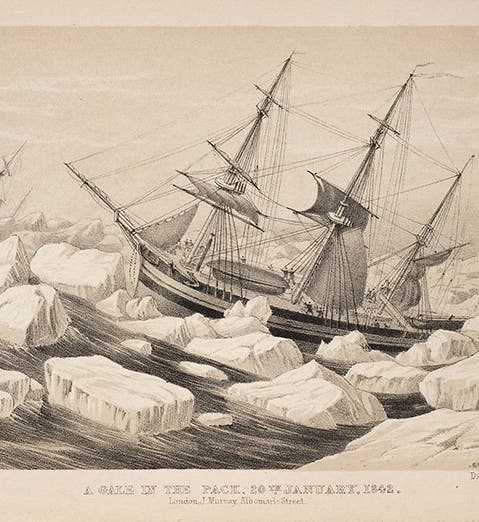
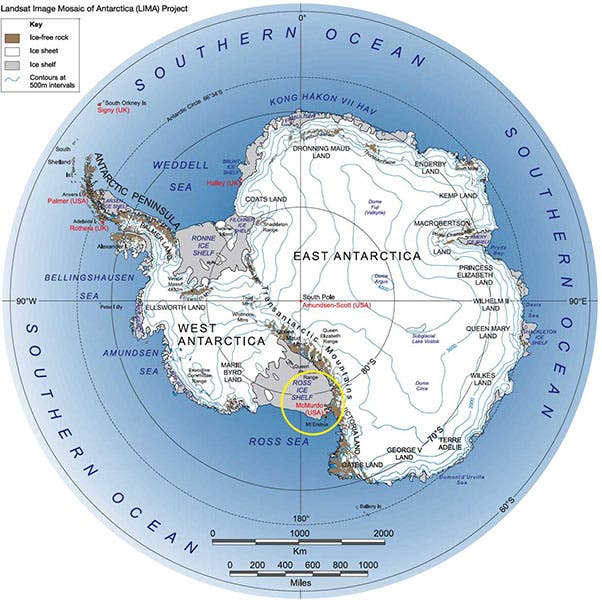
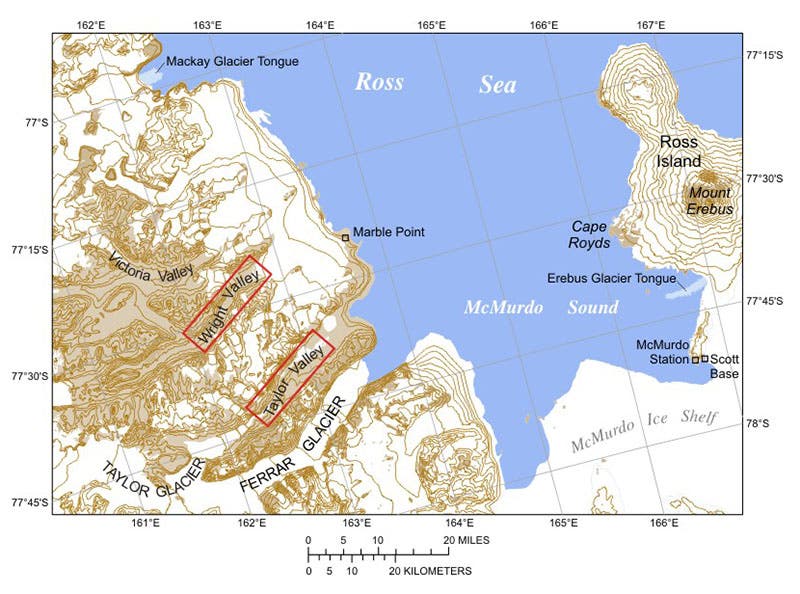
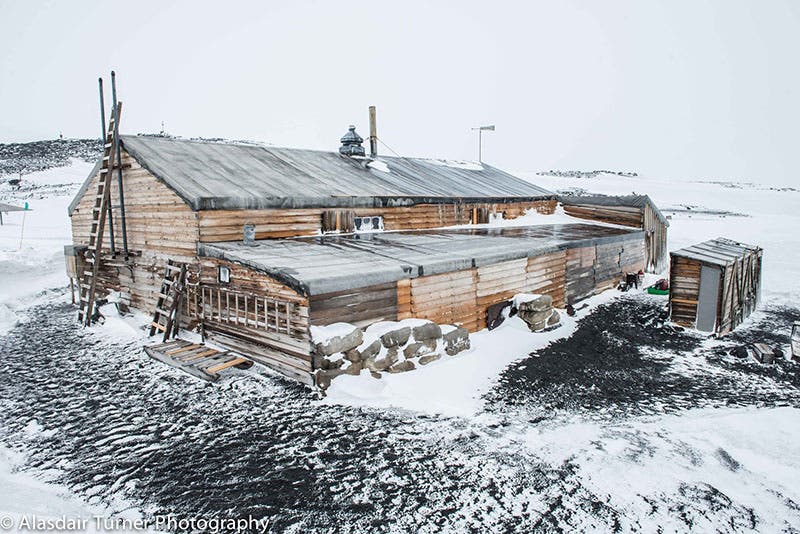
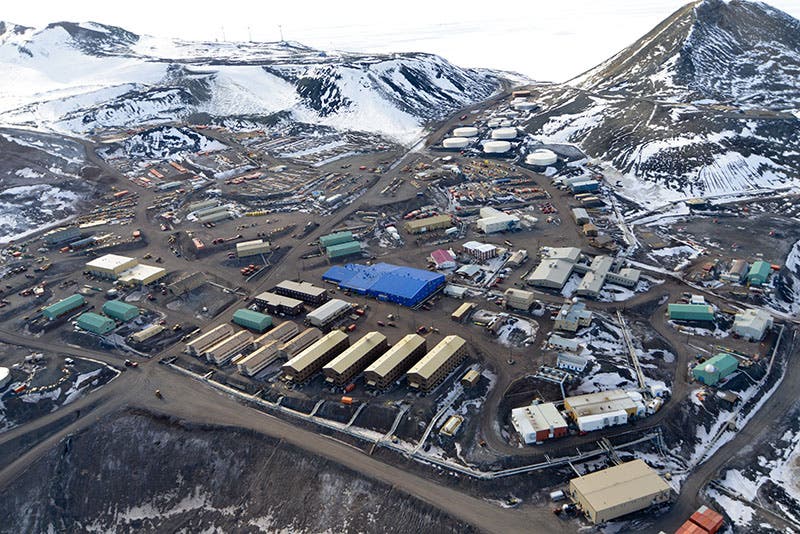


![Using an astrolabe to measure the depth of a well, woodcut in Elucidatio fabricae vsusq[ue] astrolabii, by Johannes Stöffler, 1513 (Linda Hall Library)](https://assets-us-01.kc-usercontent.com:443/9dd25524-761a-000d-d79f-86a5086d4774/a998eb50-55d2-4a88-ace2-a50aa5fa86e7/Stoffler%201.jpg?w=210&h=210&auto=format&fit=crop)

